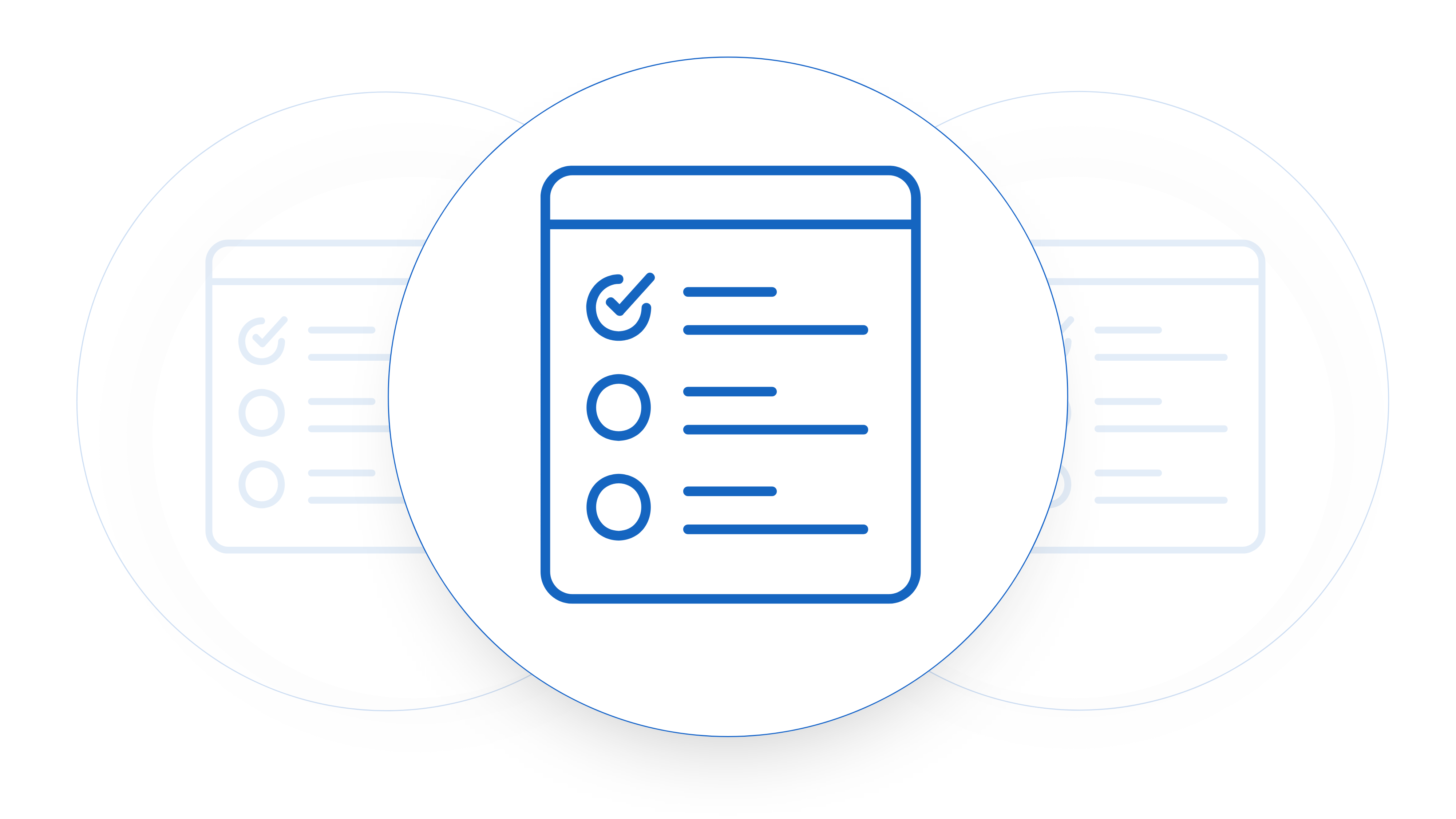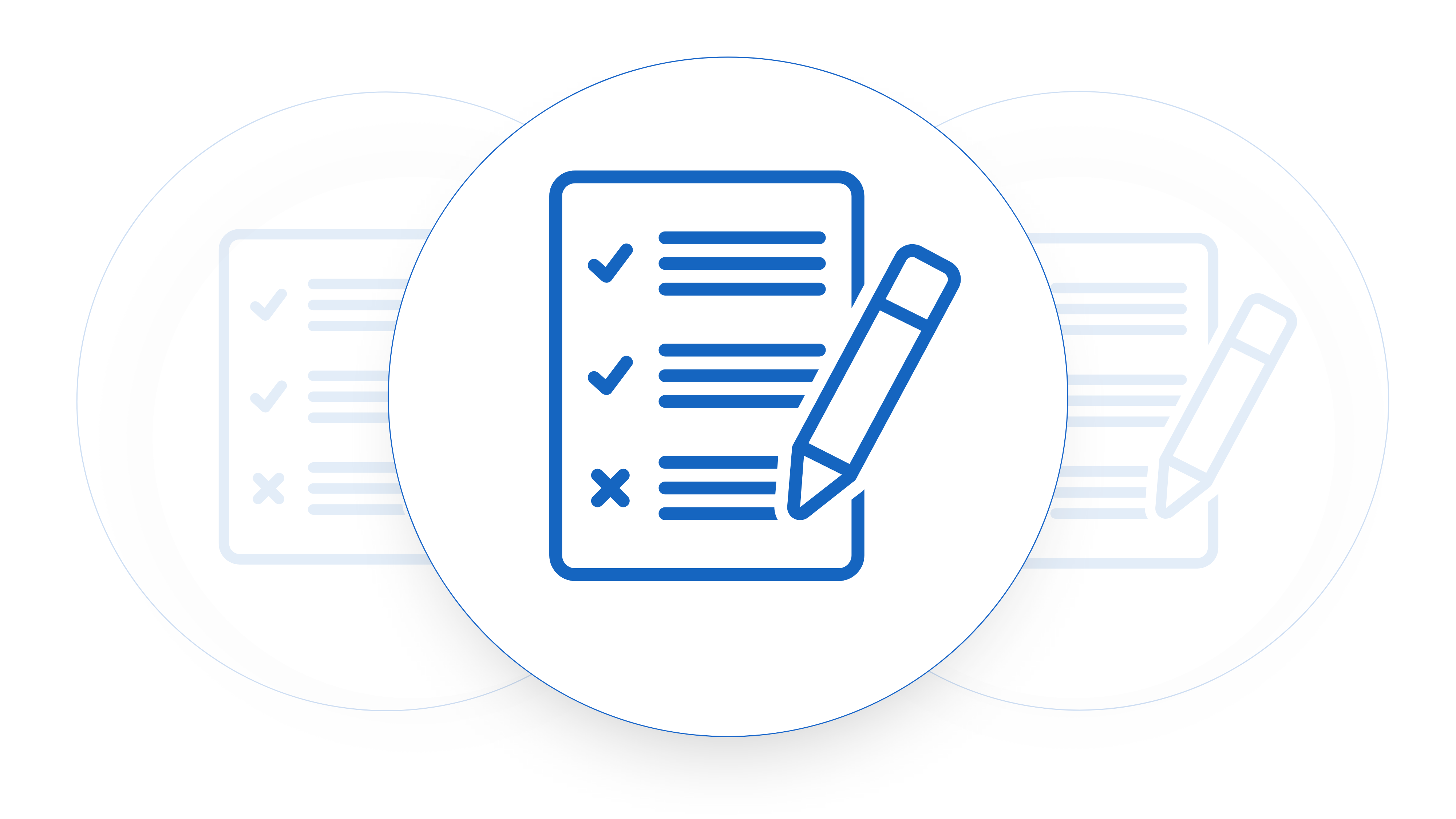Subscription-based businesses, including SaaS (Software as a Service) companies. Rely on Net Revenue Retention (NRR) or Net Dollar Retention as a crucial metric to evaluate the growth. And stability of their current customer base. Along with the Rule of 40 it is one of the most commonly used stats for startups. NRR measures the net change in Monthly Recurring Revenue (MRR) from existing customers over a specific period. Accounting for upsells, expansions, contractions, and churn.
Here’s how you calculate Net Revenue Retention:
- Starting MRR: Measure the MRR from your existing customer base at the beginning of the period.
- Expansion MRR: Calculate the additional MRR generated from existing customers through upsells, cross-sells, or pricing changes during the period.
- Contraction MRR: Determine the reduction in MRR from existing customers due to downgrades, discounts, or other factors during the same period.
- Churned MRR: Calculate the MRR lost from customers who have canceled or churned during the period.
- Net Revenue Retention (NRR): Subtract the churned MRR and contraction MRR from the sum of the starting MRR and expansion MRR.
Mathematically, NRR can be expressed as:
NRR = [(Starting MRR + Expansion MRR) – (Churned MRR + Contraction MRR)] / Starting MRR
Expressing the result as a percentage, a positive NRR signifies growth, while a negative NRR implies a net revenue loss from the existing customer base.
Key Points about Net Revenue Retention (NRR):
- Growth Metric: NRR is a growth-focused metric that assesses the overall health of a SaaS company’s existing customer base. A positive NRR indicates that the company is generating more revenue from existing customers than it is losing, which is a sign of customer satisfaction and the ability to upsell or expand services.
- Customer Retention: NRR is closely related to customer retention. A higher NRR implies that the company is retaining and growing its existing customer relationships effectively.
- Churn Mitigation: Tracking NRR helps companies identify and address customer churn, as it quantifies the impact of customers leaving the platform on overall revenue.
- Upselling Opportunities: A high NRR indicates that there are opportunities for upselling or cross-selling additional services or features to existing customers.
- Business Health: NRR is a critical metric for understanding the sustainability and financial health of a subscription-based business. It complements other metrics like CAC (Customer Acquisition Cost) and CLTV (Customer Lifetime Value) in evaluating the overall performance of the company.
- Recurring Revenue: Ensuring that you know when to recognize recurring revenue is a key part of getting your NRR metric properly measured.
Net Revenue Retention (NRR) is a vital metric for SaaS and subscription-based businesses because it offers insights into customer retention, growth opportunities, and the overall financial health of the company’s existing customer base. A positive NRR is a favorable sign, indicating that a company is effectively monetizing its existing customer relationships.
Redline What Matters
Raise Changes For Approval To Turnaround Contracts Faster
What’s the difference between NRR and GRR?
SaaS companies use both Net Revenue Retention (NRR) and Gross Revenue Retention (GRR) as important metrics to assess the performance and growth of their subscription-based businesses. While they share some similarities, there are key differences between the two:
1. Calculation:
- NRR (Net Revenue Retention): NRR measures the net change in Monthly Recurring Revenue (MRR) from existing customers over a specific period, taking into account both expansion and contraction factors, as well as churn. The formula for NRR is:
NRR = [(Starting MRR + Expansion MRR) – (Churned MRR + Contraction MRR)] / Starting MRR
GRR (Gross Revenue Retention): GRR, on the other hand, measures the total increase in MRR from existing customers due to expansions, upsells, or pricing changes during a specific period. It does not consider contractions or churn. The formula for GRR is simpler:
GRR = Starting MRR + Expansion MRR / Starting MRR
2. Focus:
- NRR: NRR provides a more comprehensive view of revenue growth and customer retention. It not only considers revenue generated from expansions but also factors in revenue lost due to customer churn and contractions. NRR, a net growth metric, is often considered a better indicator of a company’s ability to retain and grow its existing customer base.
- GRR: GRR focuses solely on the positive revenue impact of upsells, expansions, or pricing changes within the existing customer base. It does not account for the potential negative impact of churn or contractions.
3. Interpretation:
- NRR: A positive NRR indicates that a company is not only expanding its revenue from existing customers but also offsetting any revenue losses due to churn or contractions. A NRR above 100% suggests that the company is experiencing net revenue growth from existing customers.
- GRR: GRR provides insight into revenue growth opportunities but does not give a complete picture of customer retention or the impact of churn. It may overstate revenue growth if significant churn is occurring simultaneously.
4. Use Cases:
- NRR: NRR serves as a tool to assess customer retention, growth, and the overall health of the existing customer base. It helps companies understand their ability to retain customers and upsell or expand services.
- GRR:
- GRR primarily identifies revenue growth opportunities within the existing customer base. It’s a useful metric for identifying upselling potential and optimizing pricing strategies.
While both NRR and GRR are valuable metrics for SaaS companies, they serve different purposes. NRR provides a more holistic view of revenue growth, accounting for both positive and negative factors, including churn and contractions. GRR focuses solely on the positive revenue impact of expansions and upsells.
Where to Calculate NRR?
One of the most effective places to calculate your NRR is in your MRR Waterfall. As long as you get your underlying data in a good place it is a very powerful report to build metrics from.











